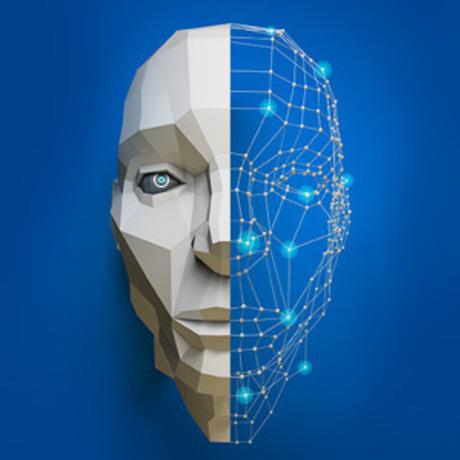Apocalypse of the physical shopping-cart
- 0 Collaborators
The rampant growth of online e-commerce has exposed concerns with offline shopping. Its high time to bid adieu to our good-old shopping carts. They result in a lot of inconveniences for both the stores as well as the customers - starting from additional maintenance overhead, increasing store traffic ...learn more
Project status: Under Development
Mobile, Internet of Things, Artificial Intelligence
Groups
DeepLearning
Intel Technologies
Intel Python,
OpenVINO
Overview / Usage
The rampant growth of online e-commerce has exposed concerns with offline shopping. One of the most un-noticed or un-discussed concerns being the future of in-store shopping carts. No doubt, they have become the unsolicited symbol of the retail industry. But, its high time we bid adieu to our good-old shopping carts.
Since shopping carts were invented in 1940 by Sylvan Goldman, they have become a permanent member of the retail industry. But physical shopping carts, as we know them, result in a lot of inconveniences for both the stores as well as the customers. Below are just a few of them -
- Maintenance overhead leading to higher operational expenditure (Opex).
- Contributes to additional store traffic, leading to inconvenience in customer movement.
- Hassle for the customer to return a product to the shelf, if someone suddenly changes their mind.
- Shopping carts are always limited and are hard to get hold off during festive seasons (Needless to say half of them held on at payment counters).
- Can accidentally injure a store staff and more dangerously the customers.
Methodology / Approach
There are a few major players who are currently trying to solve the said problem. One of the most noteworthy companies among them is Amazon. Amazon Go is the epitome of future retail stores. But small players in the industry might not be able to catch up anytime soon, with the infrastructure requirements of an Amazon Go store.
Keeping in mind the perspective and challenges of the majority of retail companies, the proposed idea requires minimal infrastructure transformations. Key changes in store-processes are outlined as follows:
-
Customers will scan the products using an app while shopping and add them to the in-app cart.
-
No need to carry shopped products with oneself while shopping.
-
Pay directly through the app for the items added to the cart.
-
Collect the products from the counter.
Although the steps outlined above require a significant paradigm shift from how customers shop presently, the proposed steps provide a lot of potential benefits to the stores as well as the customers. Few of the benefits are as follows:
-
Optimised store traffic.
-
Enriched customer experience.
-
Fewer requirements of shelf-stocking technologies.
Technologies Used
Prototyping:
- Adobe XD
- Gimp
- Inkscape
Frontend:
- React Native
Backend:
- Spring
- Python
- PostgreSQL
- MongoDB
- Swagger
Cloud:
- AWS









